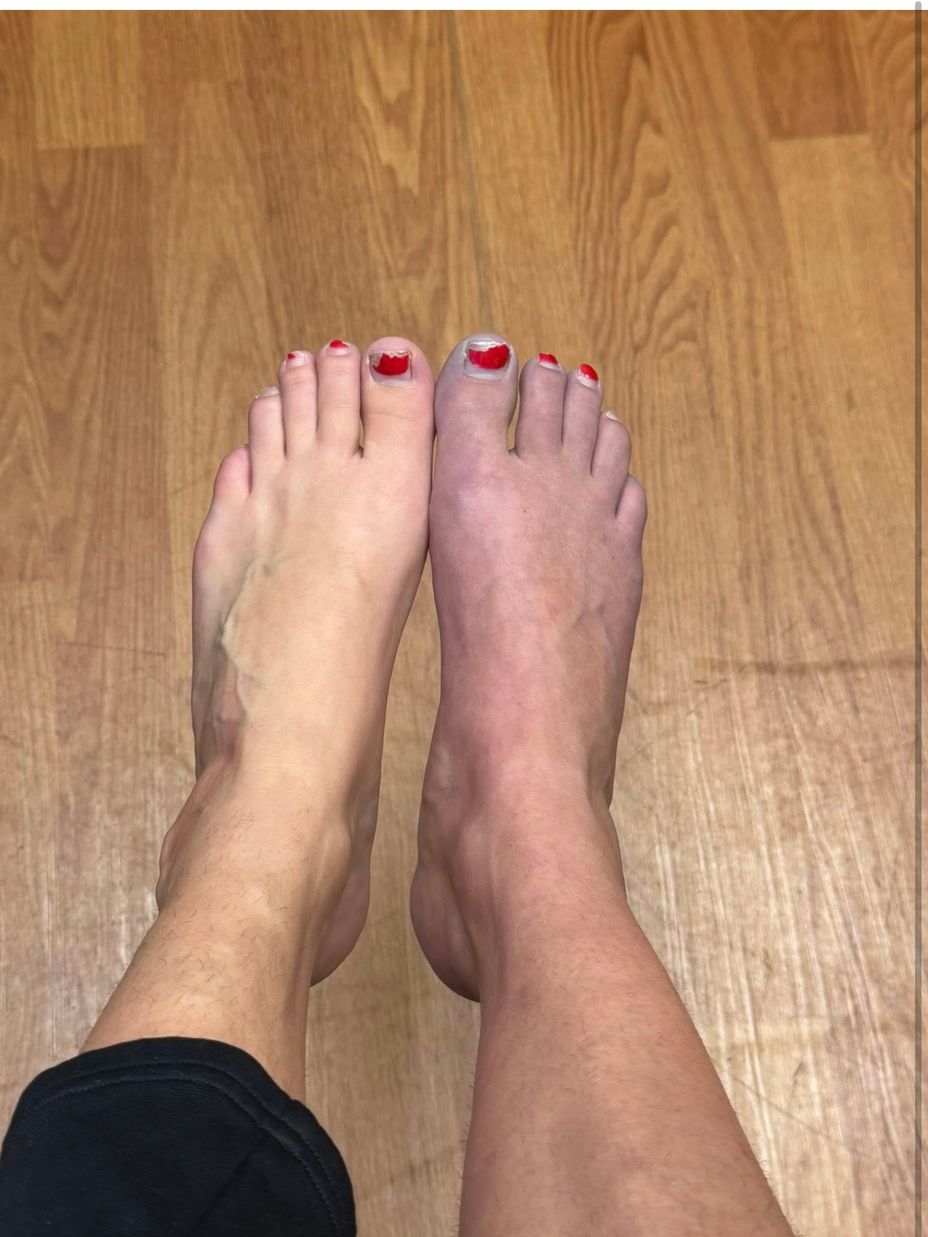Overcoming Self-Comparison: My Path to Acceptance
Being behind in life is something I never really foresaw in my future. I assumed that I was doing everything “right,” following the path I was supposed to. I kept up academically — even socially at times — but deep down, I knew I didn’t quite match others emotionally.
Rethinking Emotional Intelligence
I used to believe I was emotionally intelligent because I was empathetic and in tune with my feelings. But looking back, I realize that my emotional intelligence was actually quite low. I didn’t know how to regulate my emotions properly. I struggled with communication, lacked motivation, and was often defensive.
I’ve learned that emotional intelligence says, “I feel this. I want to understand it and respond thoughtfully.” The opposite says, “I feel this, and I don’t know why — so I’ll just ignore it or react impulsively.” For a long time, I lived more in the latter.
Over time, though, my emotional intelligence has grown. I’ve learned how to regulate my emotions in healthier ways — but it took patience, reflection, and a lot of unlearning. Growth like that happens slowly, and over time.
Living with a Fragile Heart
Personally, I’ve always been a fragile soul. I walk through life with my heart on my sleeve, and sometimes, that heart gets hurt too easily. Living with RSD (rejection sensitivity dysphoria) makes it a challenge to stay strong, be courageous, and stand firmly on the ground. I’m highly sensitive, easily overwhelmed, and often fear being left behind.
For years, I put myself down because I couldn’t stop comparing myself to others. When they succeeded, I felt like I had failed. When they received praise, I went unnoticed. When they were popular, I was struggling to socialize. The more I compared, the smaller I felt.
For a long time, I listened to that voice in my head, the one that kept telling me I wasn’t up to par, that I was incapable, and that I was too weak. But into adulthood, I received my mental health diagnoses, and it all finally made sense. When I reflect on those years growing up, I realized that I was lost, confused, and quite frankly, different from others.
The Trap of Comparison
Self-comparison made me feel lost and inadequate. And with time, I must say it hasn’t gotten any easier. I still compare myself to others and still feel one-step behind everyone else. I’m nowhere where I thought I’d be. I’m thirty-seven, single, no kids, no home of my own, and no real career. Sure, I work as a caregiver and part-time blogger, but still, it’s not what I pictured for myself.
I can’t help but compare myself to other people’s success when it’s constantly in your face. Social media doesn’t help because you see all of these people leading such “happy,” lives. Meanwhile, I feel like a shlub, that’s just been twiddling my thumbs for years, trying to figure out how I can fit myself into that image.
Finding Perspective
But with growth comes new perspective. And now that I’m in a better place mentally, I no longer see my life as a “failure,” I see it as someone who doesn’t follow societal standards, and who moves through life at their own pace. I’m trying really hard to notice my good qualities, and the successes that I have achieved. To be proud of myself, even if it’s just accomplishing the smallest task. I’ve realized that I’m my own person, and that I’m living my life the best way I know how—as myself.
Sure, I may not be where other people are, but I don’t think that makes me any less than. Of course, I still struggle with communication, but I’m getting better at speaking up for myself, and that is something that I never thought I’d see.
Embracing Neurodivergence
Being neurodivergent certainly isn’t my excuse, but it has helped me see life with more clarity. It’s helped me find myself again and become the person I always knew I could be. My passion is back, I’m more emotionally intelligent, and I’m continually healing in areas I needed extra help with. I may not be where I expected, but I’m proud of the person I am. Perhaps for the very first time.
Trusting My Own Timing
Learning to trust the timing of my life has meant accepting that my growth doesn’t need to look like everyone else’s. It’s taken me a long time to realize, but I’m blooming in my own season, and it’s a reassurance that I’m exactly where I’m meant to be.
“Your time is way too valuable to be wasting on people that can’t accept who you are.” - Turcois Ominek
#MentalHealth #ADHD #ADHDInGirls #neurod #RSD #Selfacceptance #PersonalGrowth




